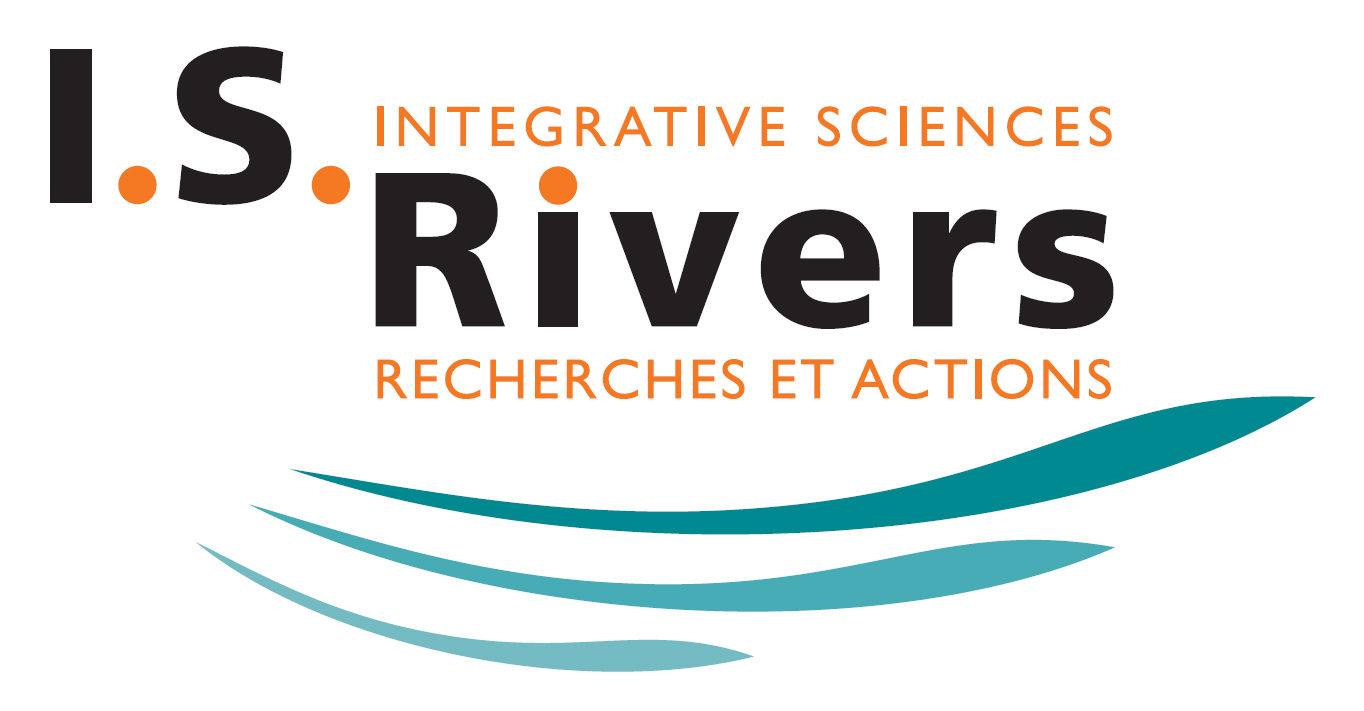Thursday 3rd of july – 11:15
11:15
The political use of history in restoration projects, the case of the French Haut-Rhône
AUTHORS
ABHERVE Déborah, ROUX-MICHOLLET Dad
France
Short Abstract: Managers of aquatic environments can be disrupted by the opponents of ecological river restoration who use history to discredit the projects. This communication illustrates a research-intervention experiment carried out between AScA consultant and the Syndicat du Haut-Rhône, a public stakeholder, to test a strategic approach of history to elaborate public restoration policy and its implementation. The strategic analysis of environmental management carried out at the beginning of the project influenced the historical investigations to conduct. Then, interviews and bibliographic research enabled to identify and organize the different existing stories regarding the river and its territory: the modern river, the lost river and the unifying river. While the Haut-Rhône Syndicate was in a period of seeking legitimacy for the actions to be carried out, reflection on the framing of the story to be produced led to the adoption of a broad temporal framing, starting before the development of hydroelectric power plant by the Compagnie Nationale du Rhône (CNR), and leading to a plurality of voices. This pluralist story, embodied in a written story and in a short documentary film, contributed to sharing a common culture among the elected representatives and the technicians while strengthening its legitimacy to operate on the Rhone river.
11:35
Rehabilitating Anthropocene riverscapes using geomorphic river stories: East Coast Aotearoa New Zealand
AUTHORS
FULLER Ian, BRIERLEY Gary, TUNNICLIFFE Jon, MARDEN Mike, MCCORD Jacqui, ROSSER Brenda, HIKUROA Dan, HARVEY Khendra, STEVENS Elliot, THOMAS Megan
New Zealand
Short Abstract: Recently uplifted, highly erodible rocks, and recurrent high intensity storms, generate exceedingly high erosion and sedimentation rates in the East Coast Region (Tairāwhiti) of Aotearoa New Zealand. Human disturbance has profoundly altered evolutionary trajectories of river systems across the region. Here we document catchment-by-catchment variability in anthropogenic signature as geomorphic river stories for five catchments (Waiapu, Hikuwai, Waimatā, Waipaoa, Mōtū). We show how targeted, fit-for-purpose process-based rehabilitation programmes that manage at source and at scale are required to facilitate river recovery in each of these catchments. We contend that geomorphic river stories provide a coherent platform for Anthropocene rehabilitation strategies that work with the character, behaviour and evolutionary trajectories of river systems.
11:55
Quantifying spatio-temporal changes in hydrological connectivity using historical and contemporary maps
AUTHORS
ANTONELLI Marta, SCHERELIS Victoria, WEBER Christine
Switzerland
Short Abstract: Hydrological connectivity is a fundamental catchment property, necessary for sustaining healthy freshwater ecosystems. However, throughout history, hydrological connectivity has been extensively altered by human activities such as urban development and landscape modification, which can have long-lasting effects on today’s ecosystems. For this reason, understanding how the rivers and landscapes have changed through time is pivotal for improving environmental conservation and management. In this study, we characterise and compare past and present patterns of connectivity within ten Swiss catchments. To achieve this, we derive a series of hydro-morphological metrics from historical (~1880) and contemporary (~2024) maps and use them as proxies of surface hydrological connectivity. Preliminary observations on two of the ten investigated catchments show considerable changes in the quantity and quality of connectivity within the catchments, highlighting the role of human activities in influencing connectivity (e.g., historical irrigation practices, culverting and channelisation).
